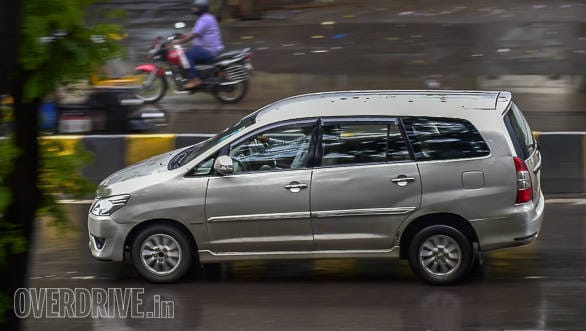Mumbai Rains 2021: Steps you need to take to protect your car
We're well into the rains and the fast few days have seen the typically heavy rainfall that characterises the season in Mumbai. In this scenario taking some steps to adequately protect yourself and your car at this time is something you should definitely consider seriously, especially with this spell expected to be quite heavy and extended.

It's always a good idea to check for any scrapes or other damage which exposes the bare metal under the paint. Although not much of an issue in newer cars, there have been isolated incidents where the exposed metal has been vulnerable to corrosion and rusting. The moisture in the air is the main culprit. A good way to deal with this is a paint touch-up, but a protective film coating should do just fine.
You could use a car cover if you have an open parking spot, but leaving the cover on for a long time can cause problems because it traps moisture.

Lighting
While driving, the rain makes it harder to comprehend your surroundings. You can counter this by checking to see if all the bulbs/LED units in your car are in working order. It's also a good idea to use fog lamps as much as possible. Unlike the headlamps, these lights give a closer, wider throw and are also not blinding for other road users. In heavy rain, using the reverse lamps also, helps other drivers mark out your car better.
WipersThis is an important piece of equipment on the car for the next few months. It makes sense to invest in a new set of blades every other year to maintain their effectiveness. It also makes sense to keep these blades clean as the dust and oil that settles on them can hamper their effectiveness. Also, top up on windscreen wiper fluid, this is a handy feature to clear out the windscreen grime.
Tyres and tyre pressure
Tackling a wet road surface is always a tricky affair. Braking distances become longer, and quick directional changes are also riskier. The car finds it difficult to maintain the optimum amount of grip, affecting how stable the car is. An older tyre aggravates this condition further.
Also, the chances of a car aquaplaning are much higher at this time. This happens when the tyre is older and the grooves aren't as deep or if the car is moving too quickly.
Effectively, the tyre can't expel water as quickly and the forces acting on the tyre cause a thin film of water molecules to form on the surface. This causes the tyre to lose grip completely and regaining control in this situation is difficult. So don't wait till the end of the rains to replace tyres, do it now.
Also, keeping tyre pressures in check is also important. An over-inflated tyre reduces the contact patch between the tyre and the road, increasing the chances of aquaplaning. An under-inflated tyre won't absorb bumps better, given that you are more likely to run into potholes around this time.
Insulation and Interiors
For older cars, it is a good idea to check the rubber beading along the door and window sills for any wear. This might let water into the interior and most car interiors are not waterproof. It is also a good idea to do a quick clean-up of the interiors. Moisture can cause a musty smell which, if nothing else, sullies the driving experience.
Engine, electricals and brakes
It makes sense to do a quick check-up of the engine and top-up on any fluids like engine oil, coolant, etc. if necessary. If a service is due, now is the perfect time to get that done what with many carmakers running monsoon check-up camps. You don't want to find yourself stranded by the side of the road in this weather. Also, leaking oil onto an already slippery road is a dangerous situation for all road users. Ideally, run a check on the battery, the leads and wiring. Electricity and water get along just fine. But ideally, you don't want them to meet.
Driving
Your driving style should now suit the surrounding conditions. Keep speeds in check given that braking distances increase during the rains. Keep adequate distance between the car in front to account for this. Also, sudden directional changes destabilise the car and should be avoided as much as possible. Apply timely, smooth movements instead. When negotiating waterlogged streets, it is best to keep the revs high at slow speeds and prevent water from being sucked into the engine via the exhaust.
Read a more extensive list of driving tips here.
Also, tell us how you prepare for monsoon driving in the comments section below.